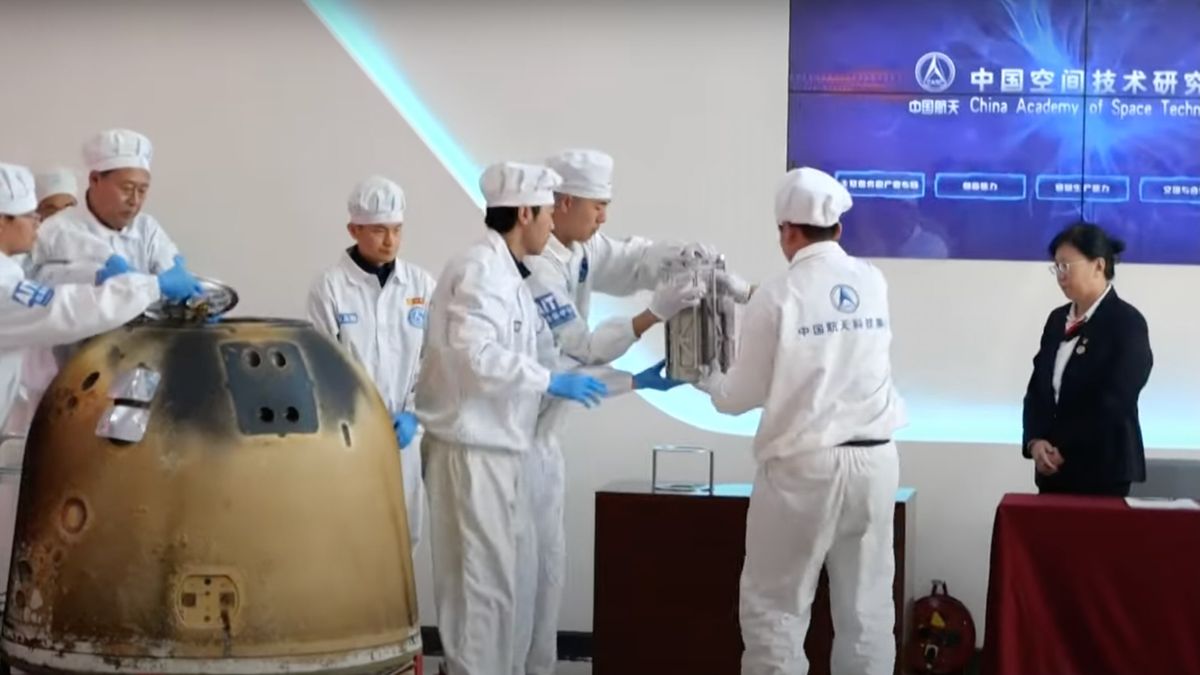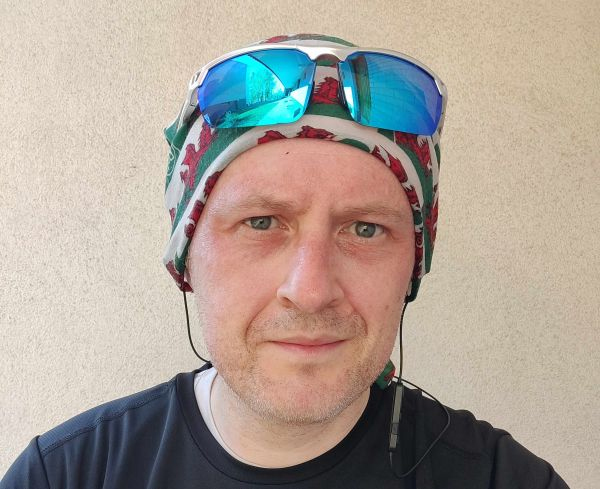China opens Chang'e 6 return capsule containing samples from moon's far side
China's Chang'e 6 mission return capsule has been transferred to Beijing and opened to access its precious cargo — samples from the moon's mysterious far side.

China's Chang'e 6 mission return capsule has been transferred to Beijing and opened to access its precious cargo.
The return capsule made its fiery plunge through the atmosphere on June 25 before landing in the grasslands of Inner Mongolia. The event brought the 53-day-long Chang'e 6 mission to a successful conclusion, delivering the first-ever lunar far side samples to Earth.
The capsule was airlifted to Beijing early Wednesday (June 26), to the China Academy of Space Technology (CAST), which designed the mission spacecraft. Once there, a ceremony was held which saw researchers open the return capsule and examine key technical indicators, according to state broadcaster CCTV.
Related: NASA finally opens capsule to potentially hazardous asteroid 'Bennu' that may contain seeds of life
A sample container, holding up to 4.4 pounds (2 kilograms) of material from the moon, was then secured for the next stage of its journey. The samples will be transferred to specially developed facilities for storage, analysis and distribution for research.
As with the samples collected from the moon's near side by Chang'e 5 in 2020, the materials will be sorted and then opened to applications for research from scientists and institutions across China. The materials will likely be made available to applications from international groups and researchers after two years. NASA-funded researchers received special clearance late last year to apply for access to lunar samples.
Originally posted on Space.com.
Sign up for the Live Science daily newsletter now
Get the world’s most fascinating discoveries delivered straight to your inbox.

Andrew is a freelance space journalist with a focus on reporting on China's rapidly growing space sector. He began writing for Live Science sister site Space.com in 2019, and he also writes for SpaceNews, IEEE Spectrum, National Geographic, Sky & Telescope, New Scientist and others. Andrew first caught the space bug when, as a youngster, he saw Voyager images of other worlds in our solar system for the first time. Away from space, Andrew enjoys trail running in the forests of Finland.










